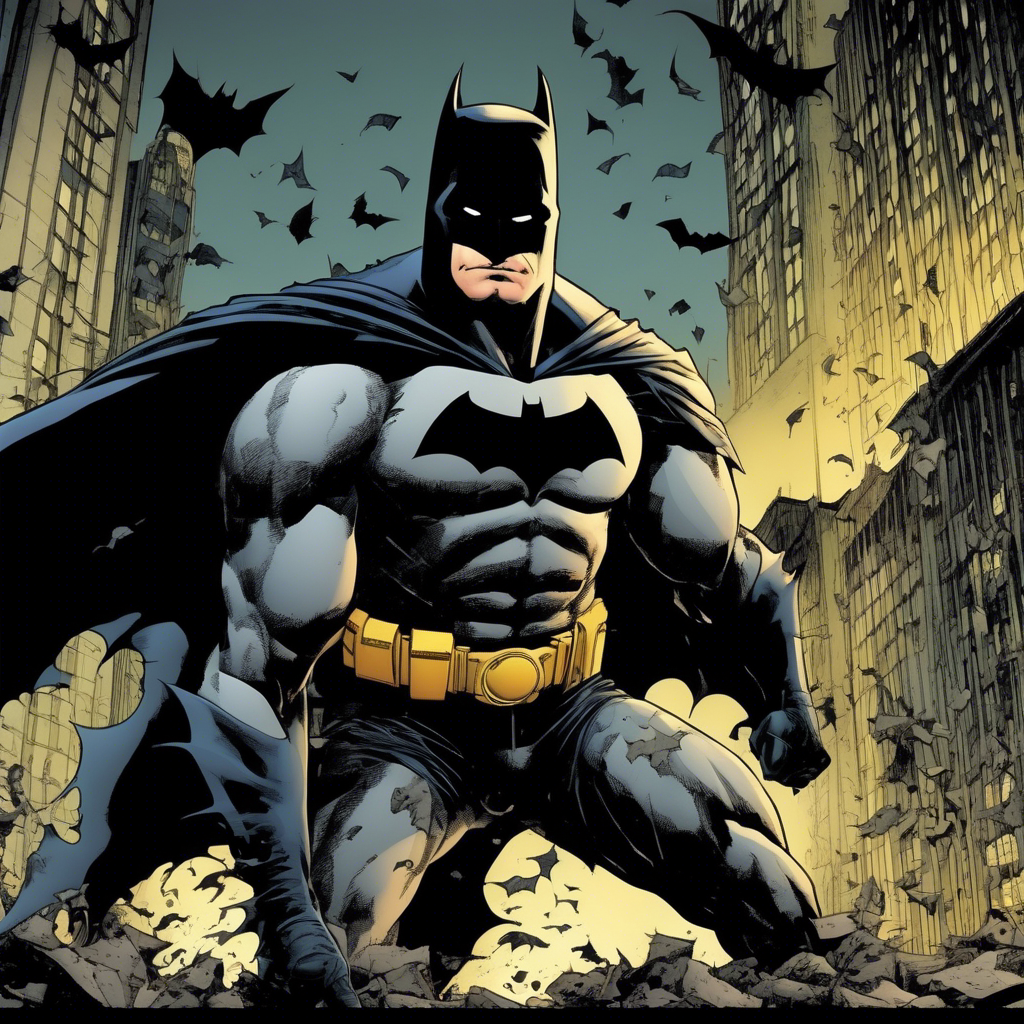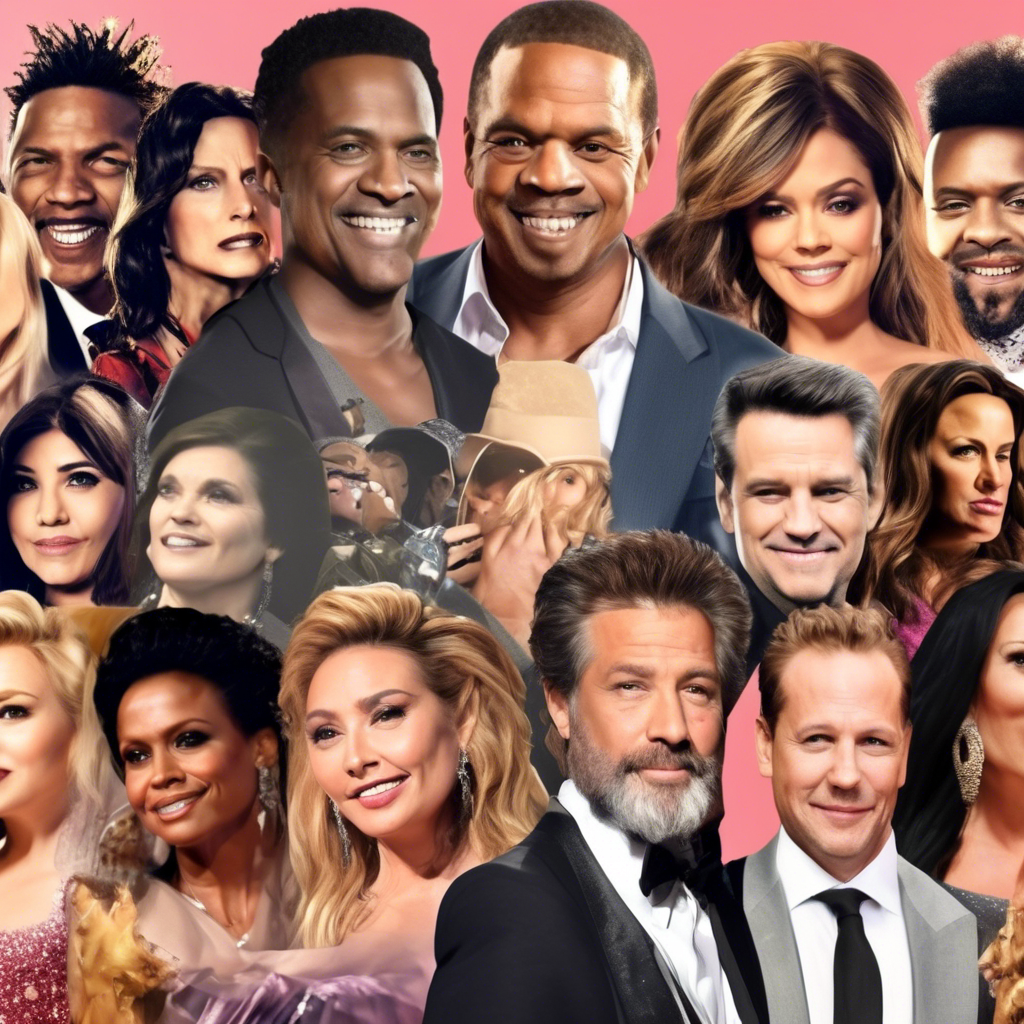The Dark Knight Returns: The Evolution of Batman’s Impact on Comics Entertainment
Since his first appearance in 1939, Batman has been an iconic figure in the world of comics entertainment. Over the years, the Dark Knight has undergone various transformations, but none have been as groundbreaking as Frank Miller’s seminal work, “The Dark Knight Returns,” which changed the way we perceive Batman and his impact in the genre.
Released in 1986, “The Dark Knight Returns” revolutionized the comic book industry with its darker and grittier portrayal of Batman. Miller’s story depicted an aged Bruce Wayne coming out of retirement to don the cape and cowl once again, challenging the traditional portrayal of the character as an unwavering hero. This marked a shift in the tone of comics entertainment, paving the way for complex, morally ambiguous superheroes and anti-heroes that continue to dominate the genre today.
Beyond its narrative impact, “The Dark Knight Returns” also revolutionized the visual language of comic book storytelling. Miller’s stylized artwork and innovative panel layouts breathed new life into Batman’s world and inspired countless artists and writers. The comic’s success also gave rise to the “Batman: The Animated Series” in the 1990s, which retained the dark tone and mature storytelling that made “The Dark Knight Returns” so influential.
Batman’s evolution in “The Dark Knight Returns” transcended the pages of comics and left an indelible mark on the world of entertainment. From the acclaimed Christopher Nolan film trilogy to the recent success of the DC Extended Universe, Batman’s impact can be seen in the darker, more grounded approach to superhero storytelling. The character’s enduring popularity speaks to the lasting impact of “The Dark Knight Returns” and its role in shaping the way we view and consume comics entertainment.

 Starstruck Productions Elevating the Music Entertainment Experience
Starstruck Productions Elevating the Music Entertainment Experience